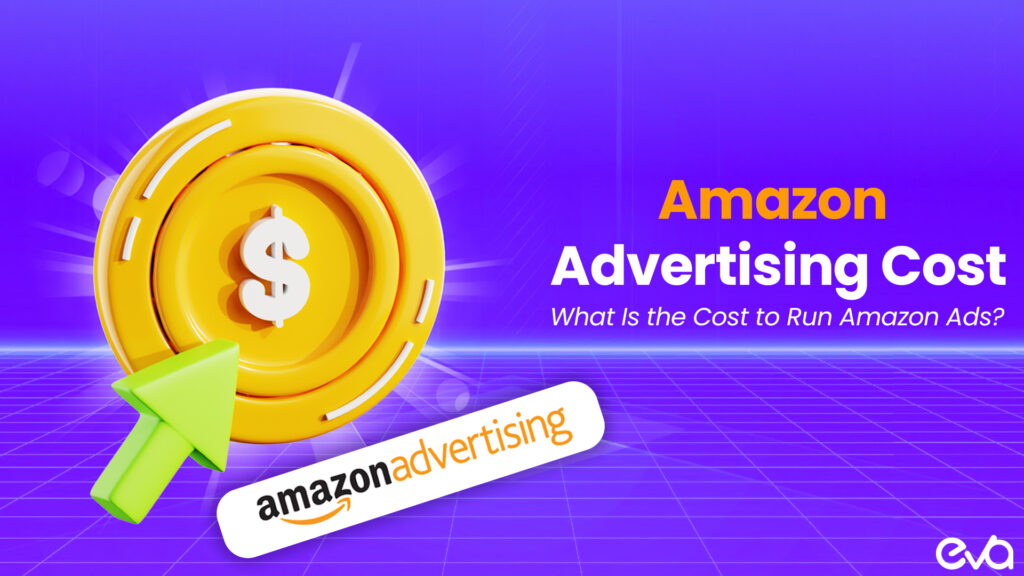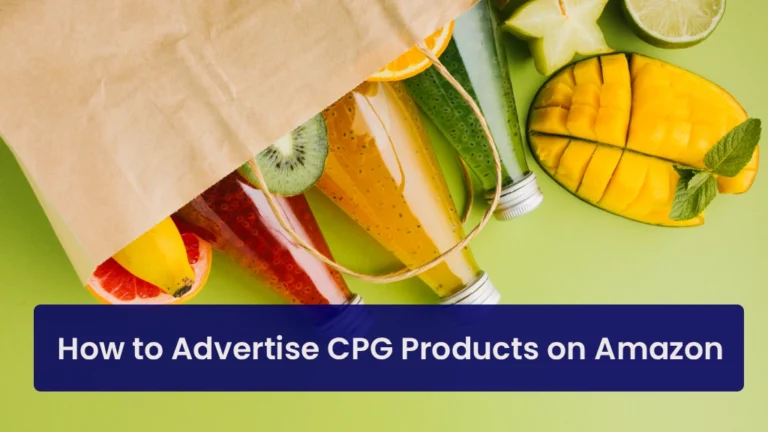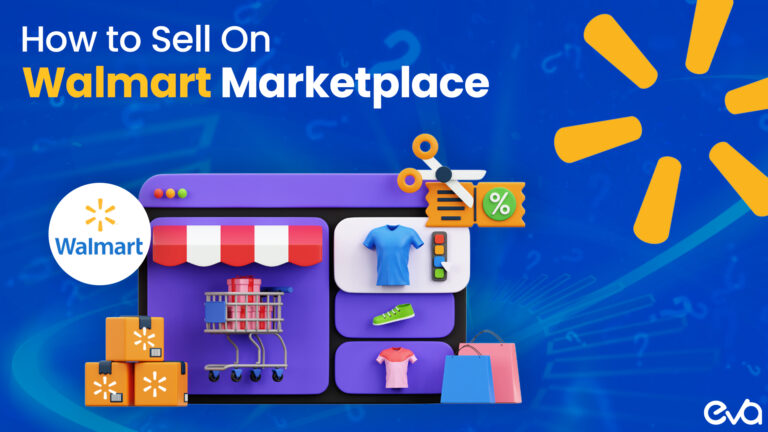Table of Contents
- Introduction
- What Influences Amazon Advertising Costs?
- Amazon’s Ad Pricing Models Explained
- Types of Amazon Ads and Their Costs
- How Does Bidding Work on Amazon?
- Setting a Realistic Daily Budget for Amazon Ads
- How to Optimize Your Amazon Ad Spend
- What Happens if You Don’t Advertise on Amazon?
- How Eva Can Help?
- Conclusion
- FAQs
Introduction
In today’s highly competitive eCommerce landscape, more than simply listing products on Amazon is needed.
Brands need to leverage Amazon’s advertising platform to stand out and drive sales truly. However, managing the costs associated with running Amazon ads can be complex.
Understanding these costs and optimizing your budget can empower you, making all the difference between profitable ad campaigns and wasted spending.
This comprehensive guide covers everything you need to know about the cost of running Amazon ads, the different pricing models, and strategies to help brands optimize their ad spend.
We’ll also highlight how Eva’s AI-powered platform provides the tools necessary to achieve profitable growth on Amazon and across other marketplaces, giving you the confidence that you’re making the right decisions.
What Influences Amazon Advertising Costs?
Several factors affect the cost of advertising on Amazon. These elements significantly affect how much you will spend on ads, and they fluctuate based on your product, competition, and the type of ad you choose.
Product Category
Specific product categories are more competitive, driving the cost-per-click (CPC). For example, electronics, beauty, and health categories see higher CPCs due to increased competition.
Ad Type
The cost of advertising depends on the type of ad you choose. Amazon offers various formats, such as Sponsored Products, Sponsored Brands, and Sponsored Displays, each with its own pricing model.
Bidding Strategy
Whether automatic or manual, your bidding approach can significantly impact your costs. Automatic bidding allows Amazon to optimize your bids based on performance, while manual bidding gives you complete control but requires more management.
Competition
The more competitors bidding on the exact keywords, the higher the advertising cost. Due to heightened competition during peak shopping seasons like Prime Day or Black Friday, CPC can increase. By staying vigilant and adjusting your bids accordingly, you can stay ahead of the game.
Seasonality
Ad costs often rise during major sales events and holidays. Sellers must prepare for higher costs during these periods and adjust their ad strategies accordingly.
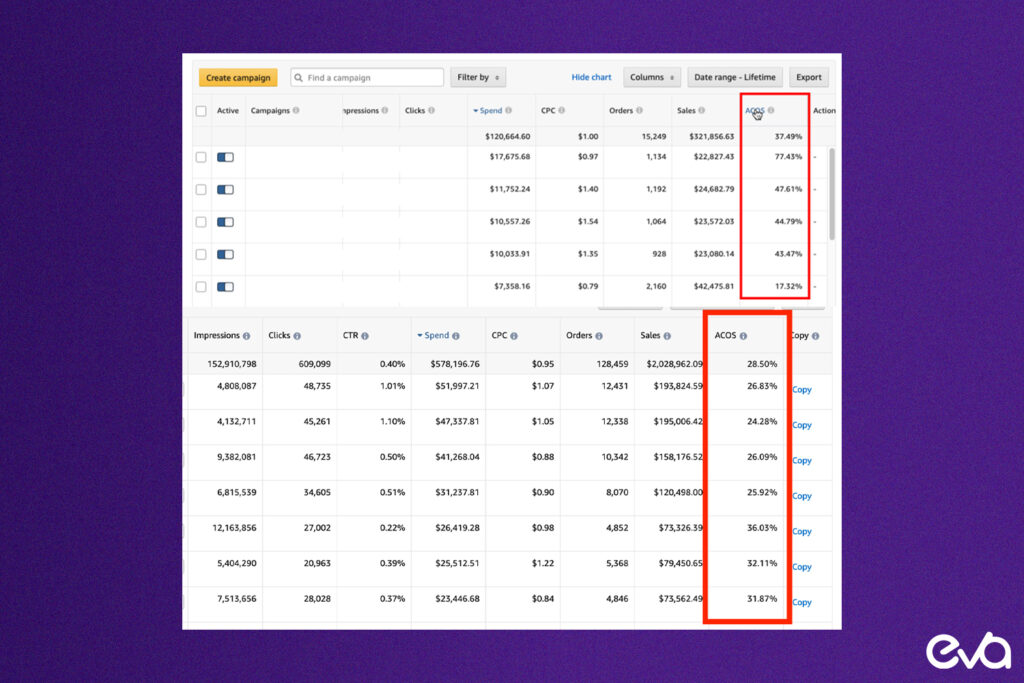
Amazon’s Ad Pricing Models Explained
Amazon uses multiple pricing models for its ads. Understanding these models is crucial for setting up campaigns that fit your budget.
Cost-Per-Click (CPC)
CPC is the most common pricing model on Amazon. You pay only when a customer clicks on your ad. This model applies to Sponsored Products, Brands, and Display ads.
Cost-Per-Thousand Impressions (CPM)
In CPM, you are charged based on every 1,000 impressions your ad receives, regardless of clicks. This model is often used for Amazon DSP (Demand-Side Platform) campaigns.
Cost-Per-Acquisition (CPA)
CPA is a model where you pay only when a specific action occurs, such as a sale or sign-up. While less common in Amazon’s ecosystem, CPA can be used for conversion-focused campaigns.
Types of Amazon Ads and Their Costs
Amazon offers several types of ads to suit different goals and strategies. Below is a breakdown of the most commonly used ad formats and their average costs.
Sponsored Products
These ads appear in search results and product detail pages. They are highly effective for driving product visibility. The average CPC for Sponsored Products typically ranges between $0.81 and $1.20.
Sponsored Brands
These ads feature a brand logo, headline, and multiple products. Sponsored Brands are designed to increase brand awareness and often have an average CPC of $1.00 to $1.50.
Sponsored Display
Sponsored Display ads help re-engage previous visitors. They are often used for product retargeting and have an average CPC between $0.50 and $1.50.
Amazon DSP
Amazon’s Demand-Side Platform (DSP) allows you to purchase display ads programmatically. The CPM for DSP typically ranges from $3 to $8 per 1,000 impressions.

How Does Bidding Work on Amazon?
Amazon’s advertising platform operates on an auction-based system, where sellers bid on keywords to gain ad placements. The amount you bid plays a significant role in determining your ad’s visibility.
Automatic vs. Manual Bidding
- Automatic Bidding: Amazon optimizes your bids based on performance, making it easier for sellers new to advertising.
- Manual Bidding: You control the bid amounts for specific keywords, which allows for more granular adjustments but requires more time to manage.
Bid Optimization Strategies
- Monitor Competitors: Keep an eye on competitor activity and adjust bids accordingly.
- A/B Testing: Regularly test different bidding amounts to see which provides the best performance at the lowest cost.
- Adjust for Peak Seasons: Increase bids during high-traffic periods to stay competitive.
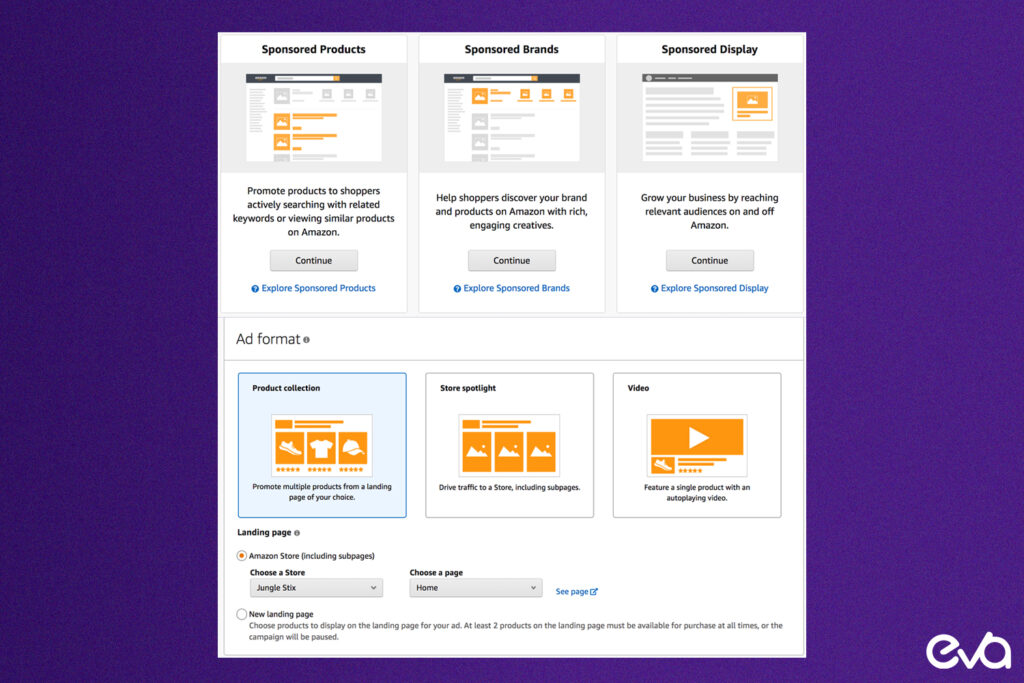
Setting a Realistic Daily Budget for Amazon Ads
Setting a realistic daily budget is one of the most critical steps in running successful Amazon ads. Your budget depends on product type, competition, and advertising goals.
Example Budgets:
- Small Businesses: Start with a daily budget of $10 to $50 to gather initial performance data.
- Medium Sellers: A daily budget of $50 to $200 can help build brand visibility in moderately competitive categories.
- Large Sellers: For top-ranking visibility, consider a budget of $200+ per day.
How to Optimize Your Amazon Ad Spend
Optimizing your ad spend ensures your campaigns remain profitable while driving the desired traffic and sales. Below are some best practices for reducing costs without compromising on ad effectiveness:
Keyword Optimization
Use relevant, high-converting keywords in your ads and continuously monitor performance to remove non-performing ones.
Negative Keywords
Exclude keywords that attract irrelevant traffic. This reduces unnecessary ad spend and improves ROI.
A/B Testing
Regularly test different ad variations, such as headlines, images, and targeting options, to find the best-performing combinations.
Adjust Bids Based on Performance
Adjust your bids using real-time data. Increase them for high-performing keywords and lower them for those that aren’t driving conversions.
Seasonal Adjustments
During high-demand periods, such as Black Friday or Prime Day, increase your ad spend to capitalize on increased traffic, but ensure your campaigns are optimized for maximum ROI.
What Happens if You Don’t Advertise on Amazon?
Relying solely on organic search to drive traffic can be a slow process. If you decide not to advertise on Amazon, here’s what you risk:
- Lower Visibility: Without ads, your products are less likely to appear at the top of search results, especially in competitive categories.
- Slower Sales Growth: Advertising helps boost sales velocity, improving organic rankings. With ads, sales growth can continue.
- Missed Opportunities: Amazon ads allow you to retarget shoppers and boost brand awareness. Skipping ads means missing out on these opportunities.
How Eva Can Help?
Managing Amazon advertising effectively can be overwhelming, but Eva Commerce provides the ideal solution for brands looking to optimize their ad spend and achieve profitable growth.
Eva’s AI-powered platform integrates critical business metrics like inventory levels, conversion rates, and profitability to create a context-aware advertising solution beyond standard ad management tools. Here’s how Eva can help:
AI-Driven Ad Strategy Optimization
Eva’s AI platform continuously analyzes performance data across all marketplaces, providing actionable insights that help brands allocate their ad spending more effectively. Whether adjusting bids or refining keyword targeting, the platform ensures your ad campaigns are continually optimized for maximum efficiency.
Automated Bid Adjustments
With Eva’s automated bid adjustments, brands no longer need to spend time manually optimizing bids. The AI system dynamically adjusts bids in real time, ensuring your ads remain competitive while staying within your budget.
Cross-Marketplace Integration
Eva’s platform isn’t just limited to Amazon. As an Amazon Advanced Partner and Walmart Strategic Solution Partner, Eva allows you to run ad campaigns across multiple marketplaces, including Walmart, eBay, TikTok, and Shopify. This holistic approach ensures your brand maintains a strong presence across various platforms.
Maximizing ROI with Data-Driven Decisions
Eva’s AI platform integrates inventory, conversion rates, and profitability metrics to optimize your ad spend for profitability. Eva helps brands make informed decisions that maximize ROI by leveraging real-time data.
If you’re ready to take control of your advertising strategy and boost your brand’s growth on Amazon, visit Eva to learn more about our AI-powered platform.

Conclusion
Amazon advertising is an investment that, when managed effectively, can yield substantial returns.
By understanding the factors influencing your ad spend and leveraging tools like Eva’s AI-powered platform, brands can navigate the complexities of Amazon advertising and maximize their ROI.
Whether you’re just starting or looking to scale, advertising on Amazon is critical to any successful e-commerce strategy.
When combined with data-driven insights and optimized bidding strategies, Amazon ads can drive significant growth and profitability for your brand.
FAQs
The average cost of Amazon advertising varies based on factors like product category, competition, and ad type. For Sponsored Products, the average cost-per-click (CPC) typically ranges between $0.81 and $1.20.
You can reduce Amazon ad spend by optimizing keywords, using negative keywords to exclude irrelevant traffic, and adjusting bids based on performance. Tools like Eva’s AI-powered platform help automate and optimize these processes.
Amazon offers several ad types, including Sponsored Products, Sponsored Brands, Sponsored Display, and Amazon DSP. Each has its own pricing model and objectives.
The best daily budget depends on your goals and the level of competition in your product category. Small businesses can start with $10-$50 per day, while larger brands may need $200+ to stay competitive.
Amazon uses an auction-based bidding system where advertisers bid on keywords. The higher your bid, the more likely your ad will appear prominently in search results. Bidding can be managed automatically or manually.
Eva’s AI-powered platform optimizes ad campaigns by integrating inventory levels, conversion rates, and profitability metrics. This ensures your advertising efforts are efficient and yield the highest ROI possible.
Amazon ads help boost visibility and sales faster than relying on organic traffic alone. Advertising allows you to target specific keywords and shoppers, giving your products a competitive edge.
Yes, Eva’s platform supports advertising across multiple marketplaces, including Amazon, Walmart, eBay, TikTok, and Shopify, ensuring consistent growth across channels.
Negative keywords are terms that you exclude from your campaigns to prevent irrelevant clicks. By using negative keywords, you ensure your ads are only shown to relevant audiences, reducing wasted ad spend.
Amazon ad costs tend to rise during peak shopping seasons like Prime Day, Black Friday, and the holiday season. Adjusting your ad strategy and budget for these periods can help you remain competitive without overspending.

